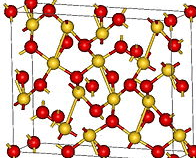
Gold Oxides
Table of ContentsAurous Oxide, Au2OAuric Oxide, Au2O3AuratesFulminating Gold Aurous Oxide, Au2O This gold oxide is prepared by decomposing aurous chloride, AuCl, or the corresponding bromide

Table of ContentsAurous Oxide, Au2OAuric Oxide, Au2O3AuratesFulminating Gold Aurous Oxide, Au2O This gold oxide is prepared by decomposing aurous chloride, AuCl, or the corresponding bromide
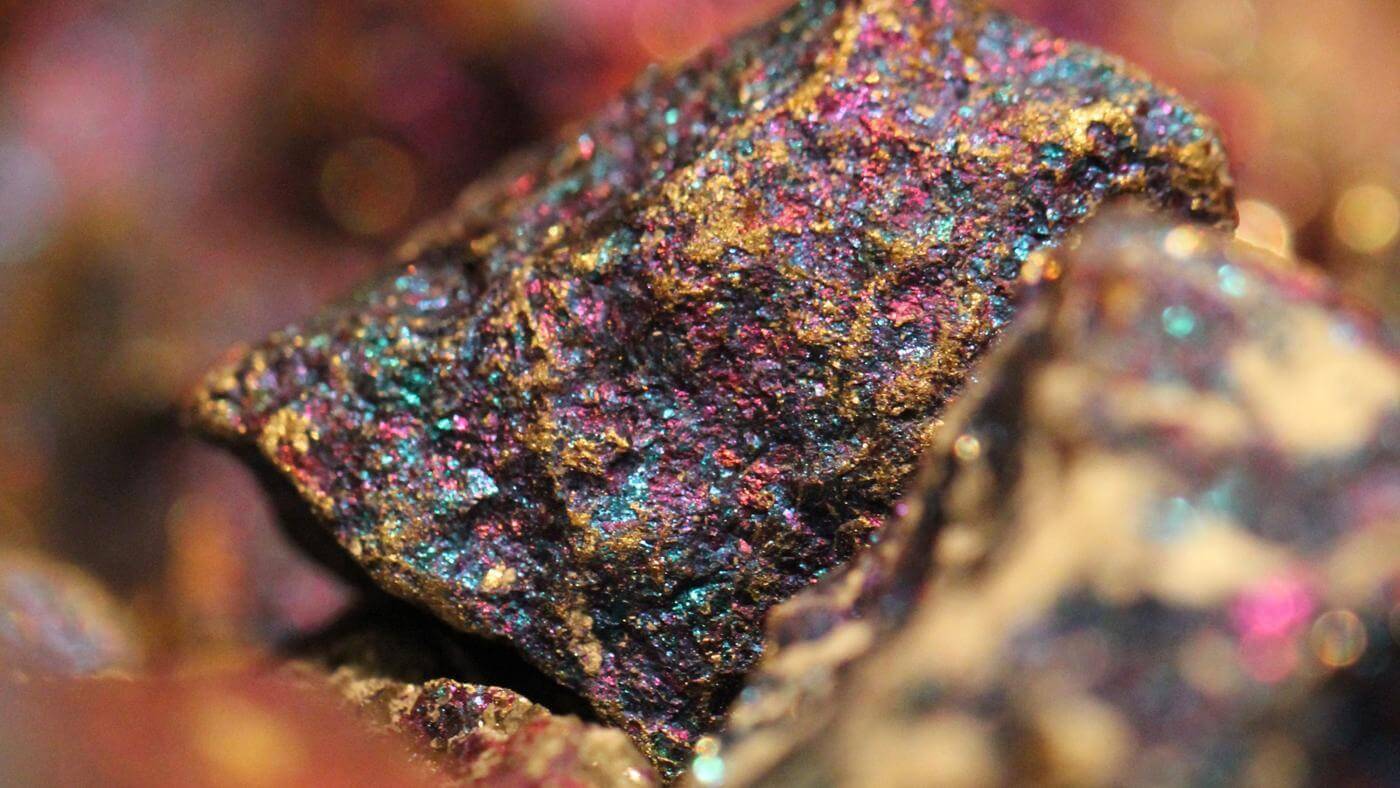
Table of ContentsAurocyanide of PotassiumAuricyanide of Potassium Cyanogen and gold unite in two proportions, forming aurous and auric cyanides, but the latter is only known

Gold Protobromide, AuBr, is a yellowish-green powder obtained by heating the tribromide to about 140°. It is insoluble in water, but is decomposed by it,
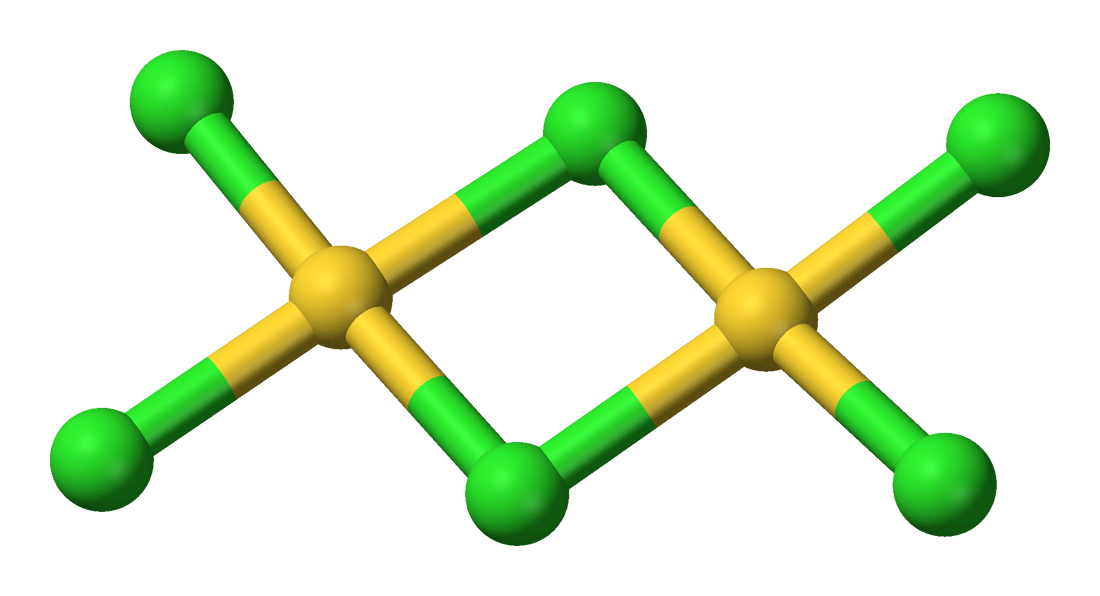
Table of ContentsAuro AurichlorideAuric Chloride or Gold TrichlorideChloroauric Acid Gold Monochloride or Aurous Gold Chloride “AuCl” is a salt is prepared by heating the trichloride to

The boiling point of pure gold has not been determined; calculated according to Wiebe’s formula it would be about 2,240°, or nearly 500° above the
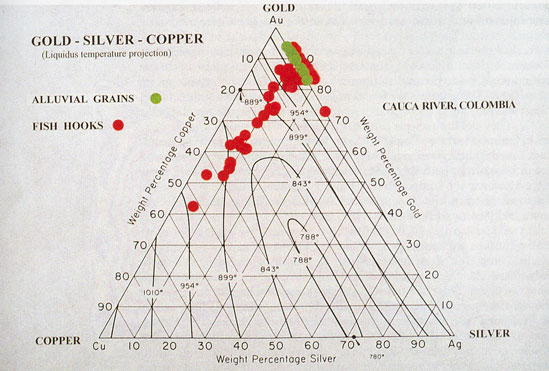
Gold and Copper Alloys dissolve in one another in all proportions, forming a complete series of homogeneous alloys, which are less malleable, harder, more elastic,
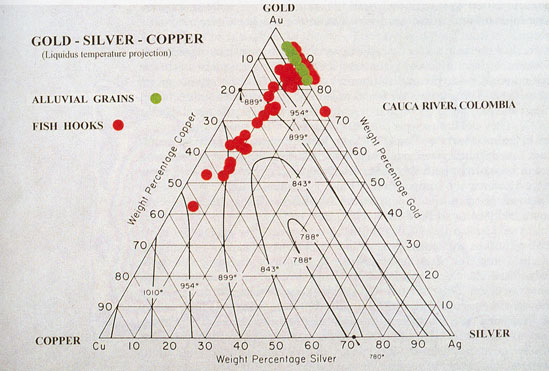
Gold and silver unite in all proportions, yielding alloys which are harder, more fusible, and more elastic than either metal. The hardest is that containing

Table of ContentsLiquation of Gold AlloysGold and AluminiumGold and SilverGold and CopperLiquation of Gold Alloys Gold can alloy with almost all other metals, but most
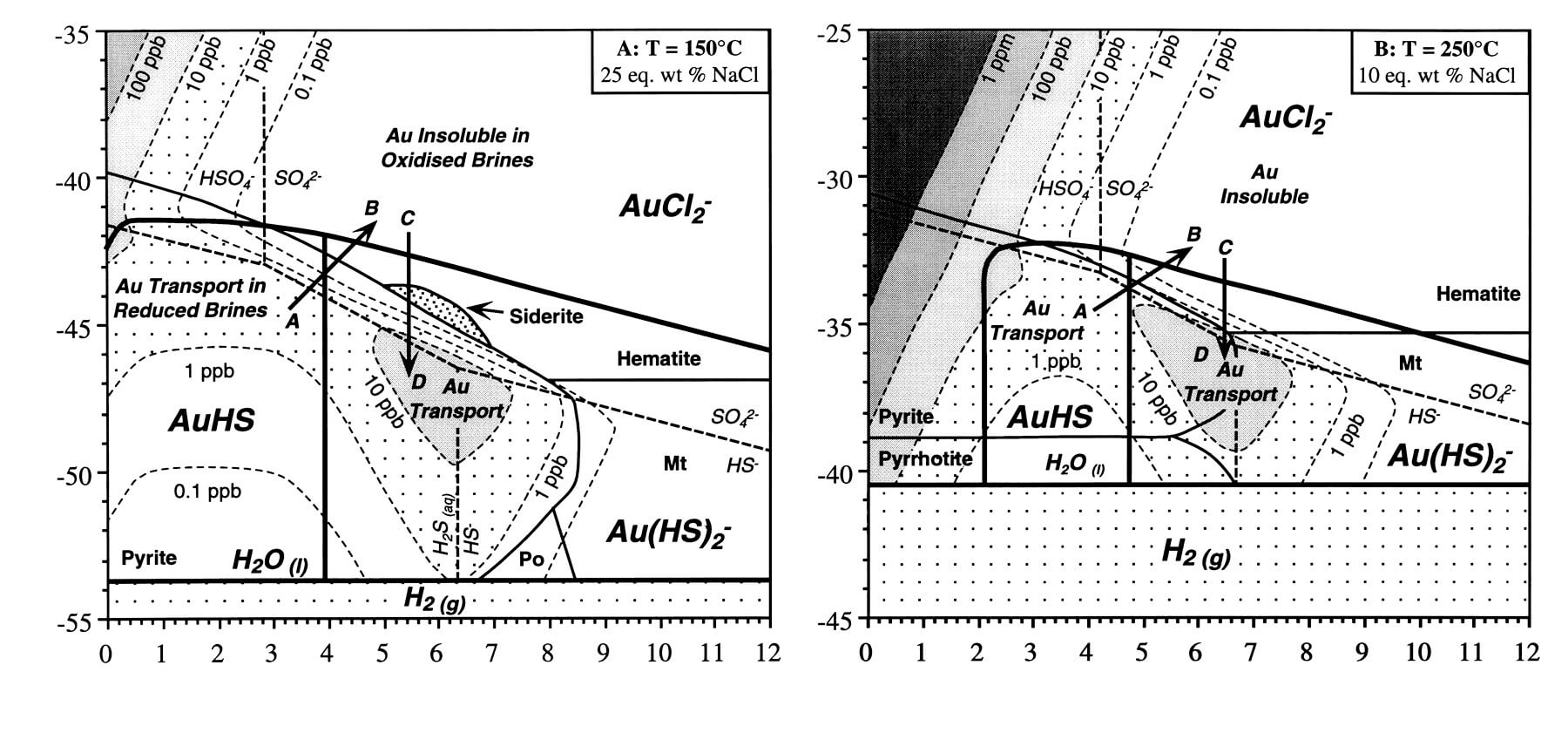
Table of ContentsHow to Prepare Pure GoldSolubility of GoldAllotropic Forms of GoldGold Amalgams Gold is readily soluble in aqua regia, or in any other mixture producing
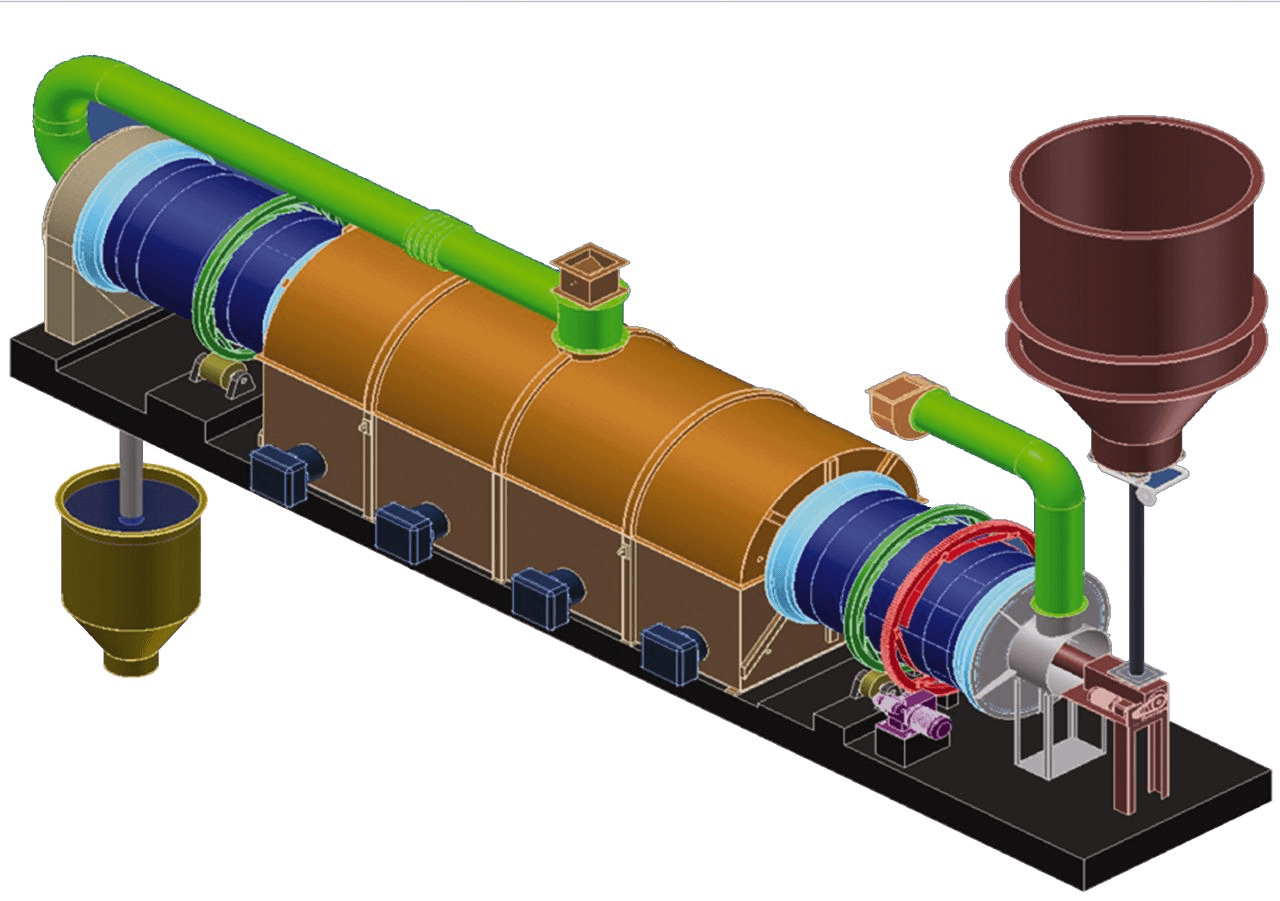
In normal process streams activated carbon is exposed to a variety of chemicals. Organic compounds tend to adsorb readily on the hydrophobic activated carbon, which